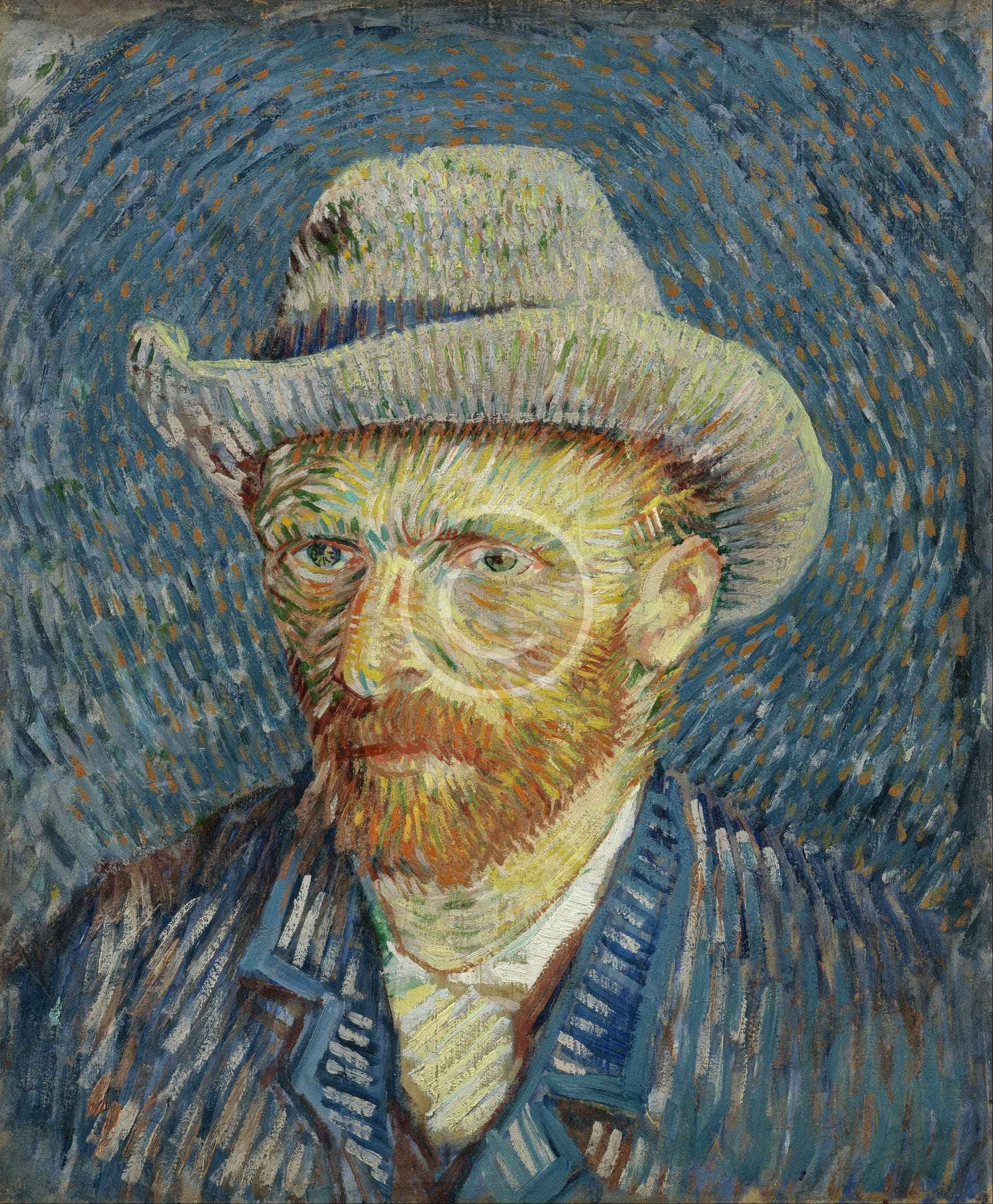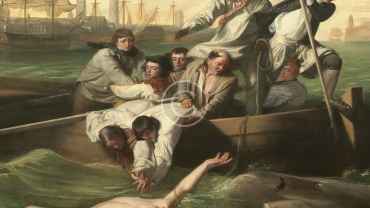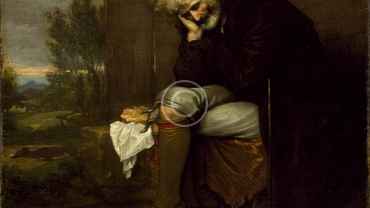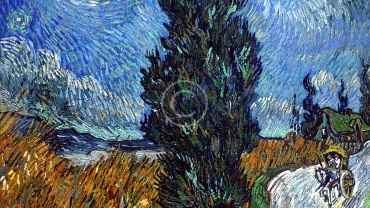How strong is your museum’s website as part of the whole offer? Does it reflect your identity as an organisation? Does it appeal to your visitors? What does it really need? Are there trends to pay attention to? Others to ignore? Makes the site appealing? What mistakes can you avoid?If your work involves museum websites these will be questions you’ll have to tackle, whether you’re commissioning a new site or just trying to keep the current one healthy.
This post will take you through the essential ways in which your site needs to answer key visitor questions for 2017. First, we’ll spin through the process we used. Then, the main points: three key groups of questions your site needs to answer for your visitors. Finally, a dive into the building blocks that help a site work particularly effectively. Hopefully, you’ll finish the post with a fresh perspective on your own site: you’ll be able to identify how to make it work better for your visitors and advocate for effective change as part of your organisation’s strategy. Of course, we threw some sites we built at Cogapp into the mix too.
How strong is your museum’s website as part of the whole offer? Does it reflect your identity as an organisation? Does it appeal to your visitors? What does it really need? Are there trends to pay attention to? Others to ignore? What makes the site appealing? What mistakes can you avoid?If your work involves museum websites these will be questions you’ll have to tackle, whether you’re commissioning a new site or just trying to keep the current one healthy.How strong is your museum’s website as part of the whole offer? Does it reflect your identity as an organisation? Does it appeal to your visitors? What does it really need? Are there trends to pay attention to? Others to ignore? What makes the site appealing?
How strong is your museum’s website as part of the whole offer? Does it reflect your identity as an organisation? Does it appeal to your visitors? What does it really need? Are there trends to pay attention to? Others to ignore? What makes the site appealing? What mistakes can you avoid?If your work involves museum websites these will be questions you’ll have to tackle, whether you’re commissioning a new site or just trying to keep the current one healthy.
This post will take you through the essential ways in which your site needs to answer key visitor questions for 2017. First, we’ll spin through the process we used. Then, the main points: three key groups of questions your site needs to answer for your visitors.
Finally, a dive into the building blocks that help a site work particularly effectively. Hopefully, you’ll finish the post with a fresh perspective on your own site: you’ll be able to identify how to make it work better for your visitors and advocate for effective change as part of your organisation’s strategy. Of course, we threw some sites we built at Cogapp into the mix too.
How strong is your museum’s website as part of the whole offer? Does it reflect your identity as an organisation? Does it appeal to your visitors? What does it really need? Are there trends to pay attention to? Others to ignore? What makes the site appealing? What mistakes can you avoid?If your work involves museum websites these will be questions you’ll have to tackle, whether you’re commissioning a new site or just trying to keep the current one healthy. This post will take you through the essential ways in which your site needs to answer key.
Visitor questions for 2017. First, we’ll spin through the process we used. Then, the main points: three key groups of questions your site needs to answer for your visitors.




